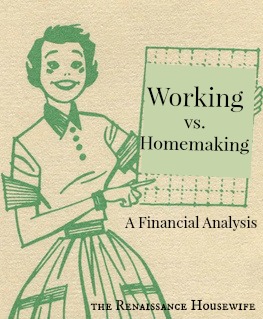The refrigerator is one of the most energy-consuming appliances in the home because it runs day and night. Several months ago, I have stumbled upon an extreme way to save on electricity consumption from my refrigerator.
One day, I thought the fridge was cycling more than normal. I hate to hear the fridge cycle; I envision money rolling away from me. I thought maybe the coils needed cleaning. But the fridge is heavy and has pre-rollers on the bottom. It would have to wait for my husband to get home. It was early in the day, and it would be 8 hours before he got home and it Would. Not. Stop. Running. I decided I would unplug it. There, it stopped. Now what? I couldn’t just leave it unplugged. There was food in there!
I did have that little dorm-size fridge out in the garage I could temporarily use.
I learned that onions, potatoes, garlic, vinegar and even soy sauce do not have to be refrigerated. Maybe you knew this, but I didn’t. Cabbage, if whole and wrapped does not have to be refrigerated. I was buying cabbage at the store one day and I noticed that the store just had it shelved with other non- refrigerated vegetables. Anything that the store is not refrigerating, you not have to refrigerate. Some things do need to be refrigerated after opening, but not all. I tried not refrigerating carrots (the kind with the tops), but they became limp real fast. Then I remembered that they were stored in the refrigerated section of the store, so back into the fridge they went.
I got out some pretty baskets and put my non-refrigerated vegetables in them on the shelf.
Small Fridge vs. Large Fridge
Then, I plugged in my kill-a-watt and waited 24 hours to read it. The results were good. This new fridge would only cost $3.00 per month to run, saving me $9.00 a month. How long could I make this last? I still hadn’t cleaned those coils in the big fridge.
Well it’s been a least three months and guess what? I’m still operating out of the little fridge! I think there are several reasons it works for us. For one, we rarely have leftovers. If so, it’s usually only a serving or two. Also, we cook from scratch most of the time. I’m using food from my pantry and freezer to prepare most of our meals.
What I like the best about my small fridge is I know exactly…all the time…what is in my fridge. No lost anything. We have very little waste. Also, space is so precious that I use it well. This morning I needed to move more eggs into my little fridge but they wouldn’t fit. I had un-thawed some peaches from the freezer and had some leftovers (surprise), jars of salsa, broth and spaghetti sauce that were taking up room. I needed to use up some food to get my eggs to fit.
Boy #3 suggested and started working on peach pancakes for breakfast. Then, I took the ½ jar of spaghetti sauce, 1 ½ of broth, ¼ jar of salsa and dumped them into my pressure cooker. I added one can of corn, ½ onion and 6 potatoes and it was the best soup ever. I used ¼ of the milk for pancakes, so I took out the gallon jug and put the milk in quart jars which fit better. Viola! My eggs now fit.
I do make more trips to the store. I actually like to go to the store and it is close to my home. Going more often I find more marked down produce (even organic) and sales. And if I have to use the produce right away its fine with me. I use it or preserve it (canning, dehydrating or freezing.) I know most people spend more money when they go to the store more often, but not me. I’ve tracked my expenses and the opposite is true. Shopping only once or twice a month would cost us more.
I also keep a small cooler in the kitchen for extra items, should I have them. One rubbermaid container of ice in my cooler will keep things cool until I use them or free up space in my little fridge. Using a cooler is like camping. Except when we camp, we buy ice. At home we make our own little ice packs and refreeze them, or we use items from the freezer that we need to unthaw anyway, like a chicken or a couple packages of ground beef.
I love to see my fruit and vegetables in their baskets. It reminds me to use them and brightens my kitchen in a minimalist way.
When I was a kid, I had this great-aunt who always kept food on her screened back porch in the winter. And honestly, I thought she was weird. Now when I look back, I get it. I get what she was doing. She was either storing her leftovers out where they could cool prior to putting them in the fridge, or her fridge was full and this was her off grid leftover storage. In Michigan we have a lot of free cooling we don’t use in the winter.
So, maybe, just maybe we don’t need as big as a fridge as we think we do. Did you know that in Europe, the average size of a fridge is just 9.7 cubic feet?
Here is a good article on the history of the American fridge and how it got so big.
And another about how your American fridge is making you fat. This one is hilarious.
Could YOU downsize your fridge? Or could you shut it off during a cold spell? At the very least, just think about emptying it when you leave to go on vacation. It will save you some money and give you a chance to really see what’s in there.
*Note from Bethany: Freezing leftovers, in addition to freeing up fridge space, is smart because they will be fresher when you eat them. Some people separate leftovers before freezing (vegetables go in one freezer container, meat in another, etc.) and when the container is full, they make soup or casserole with it all. Bread ends can be frozen for bread crumbs; single grapes or other fruit ends can be frozen and used for smoothies.
*****
This is the last article in our Saving on Electricity series! I hope you have enjoyed it as much as I have over the last few months. -Bethany
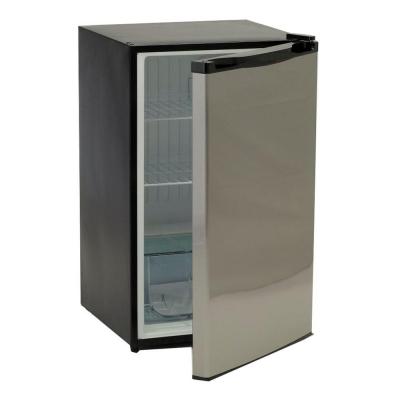

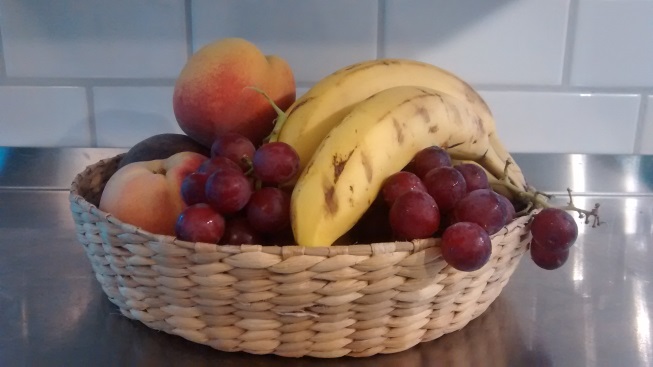
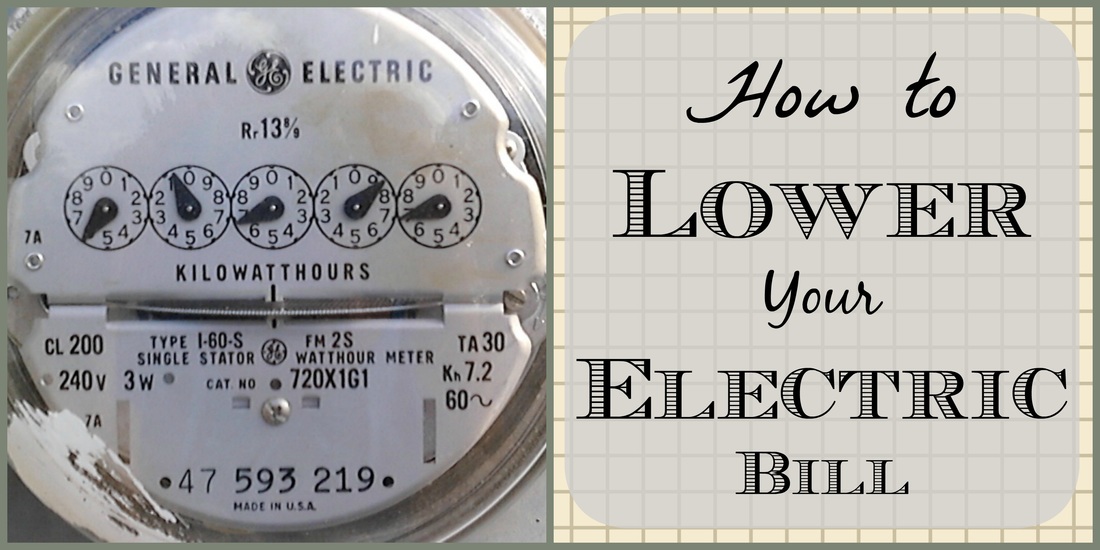

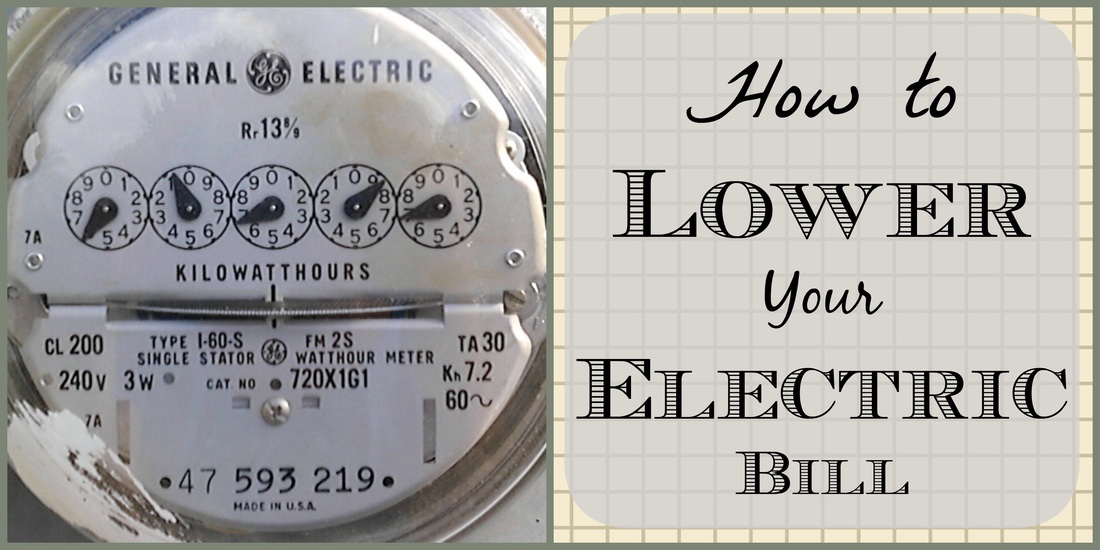
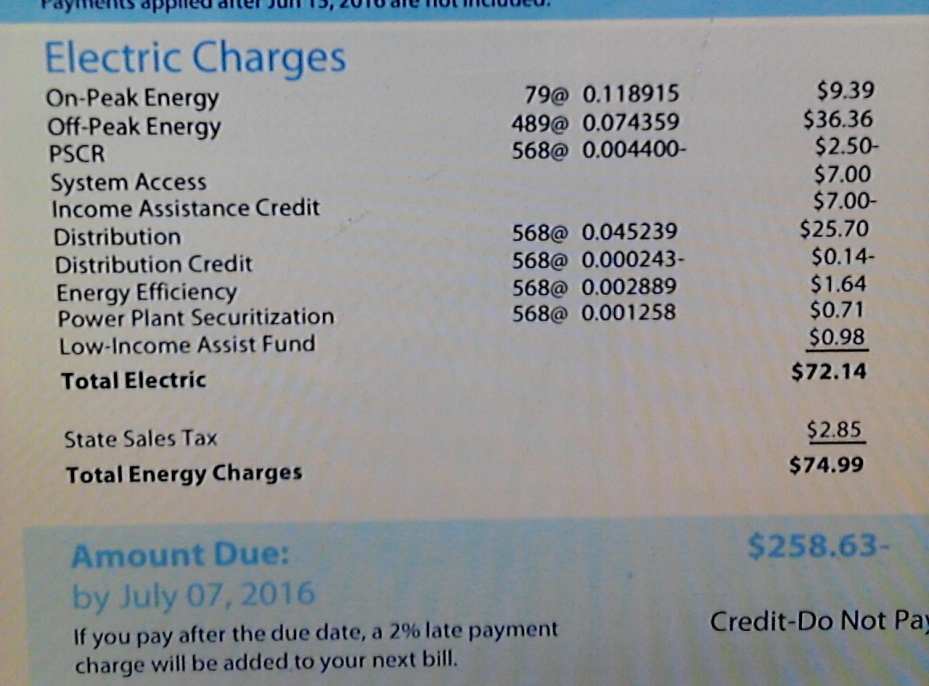
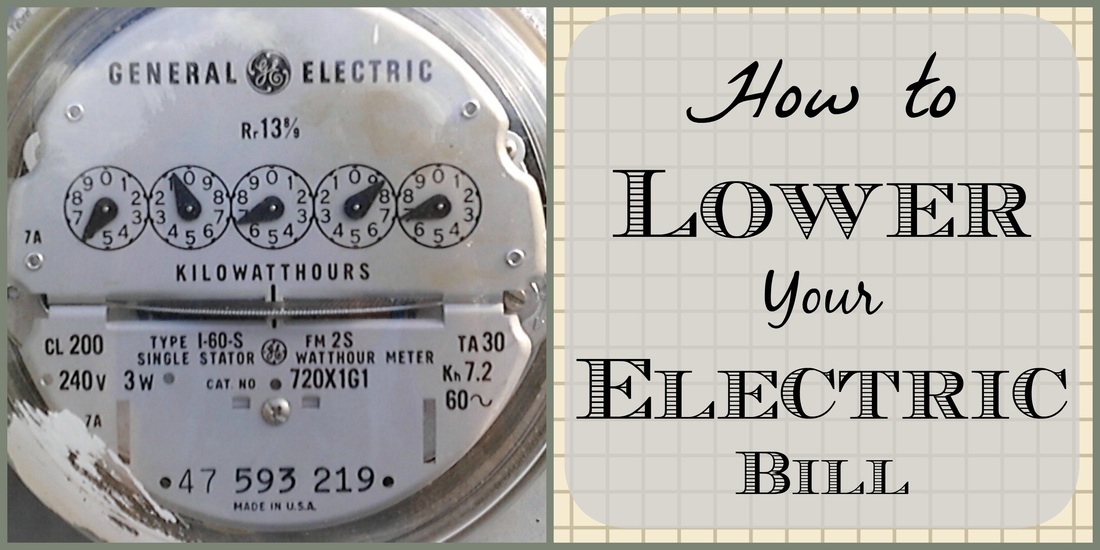
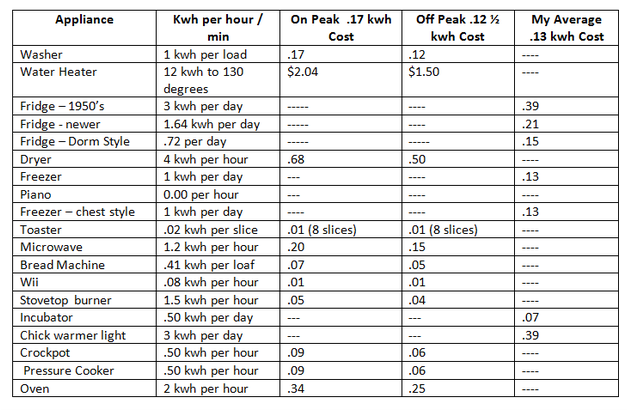
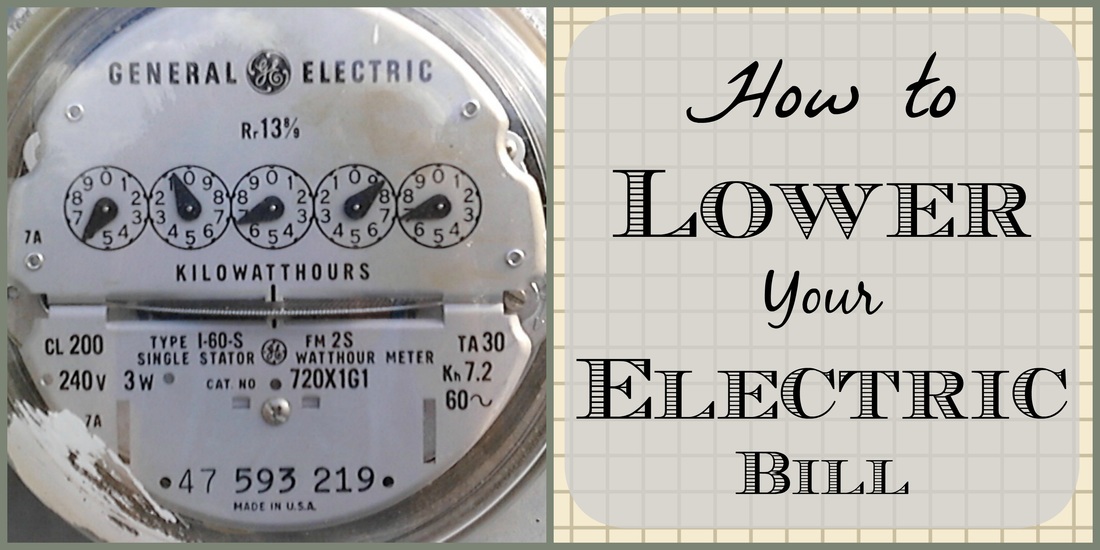
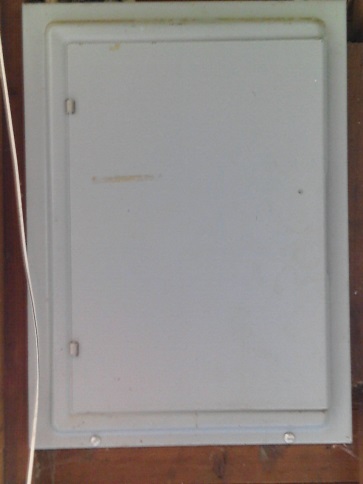
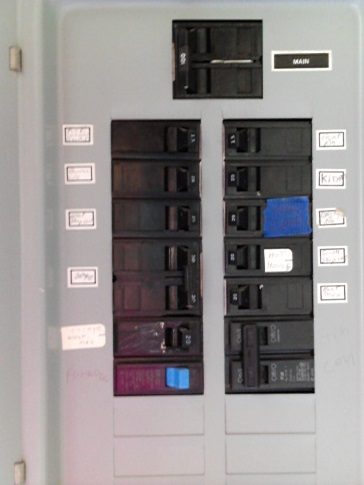
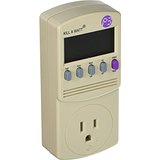
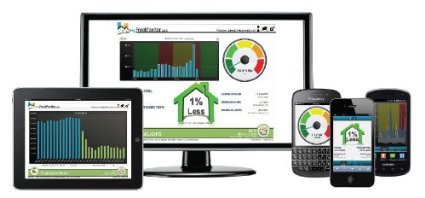
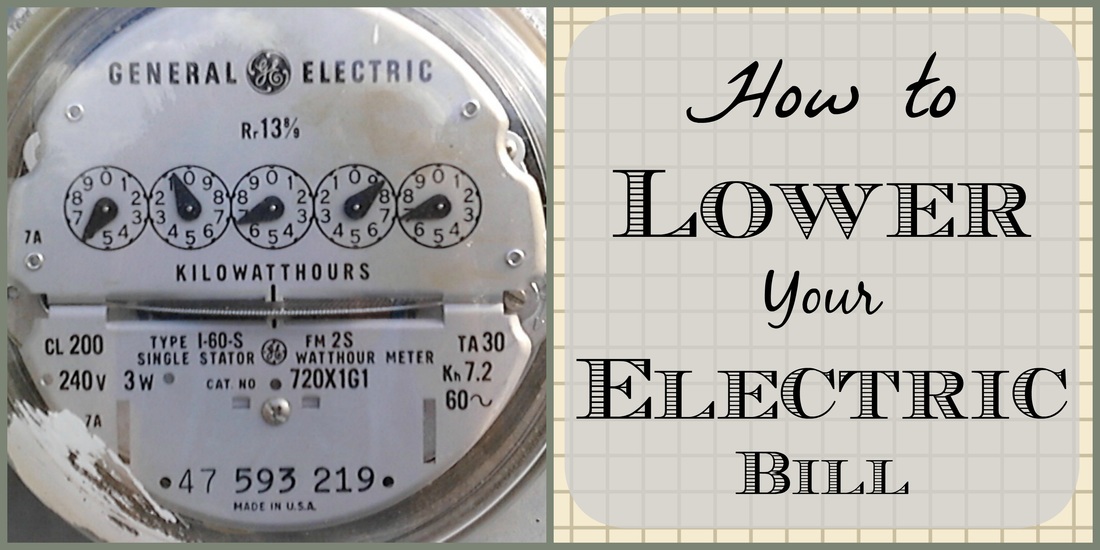
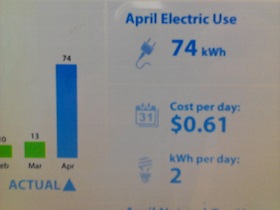
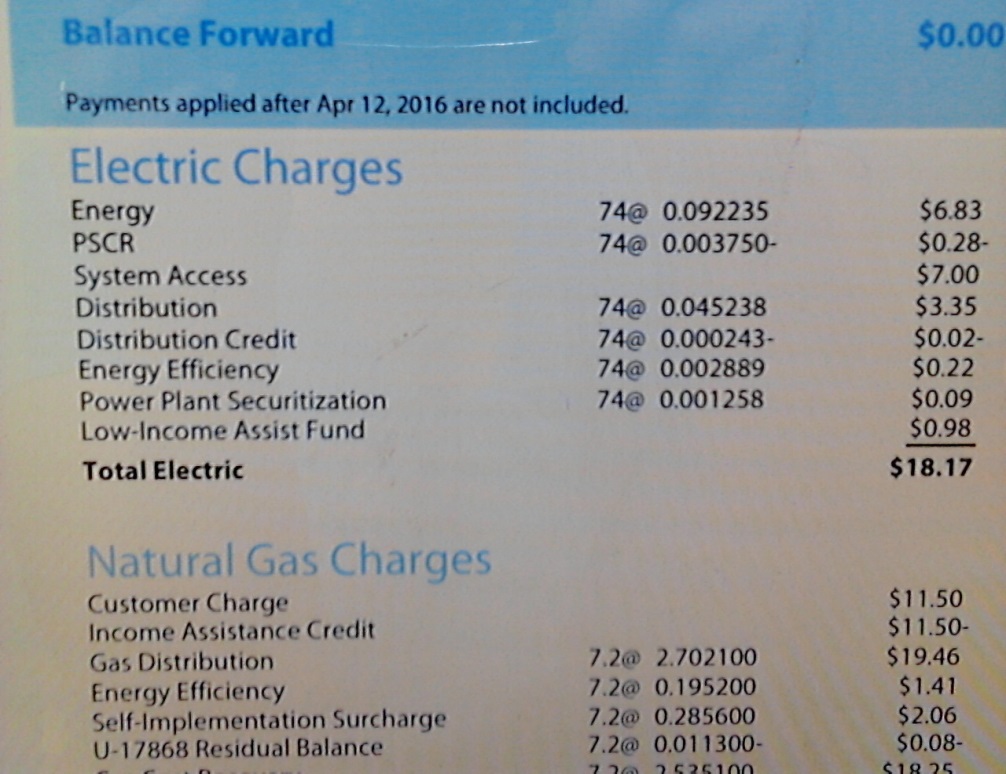
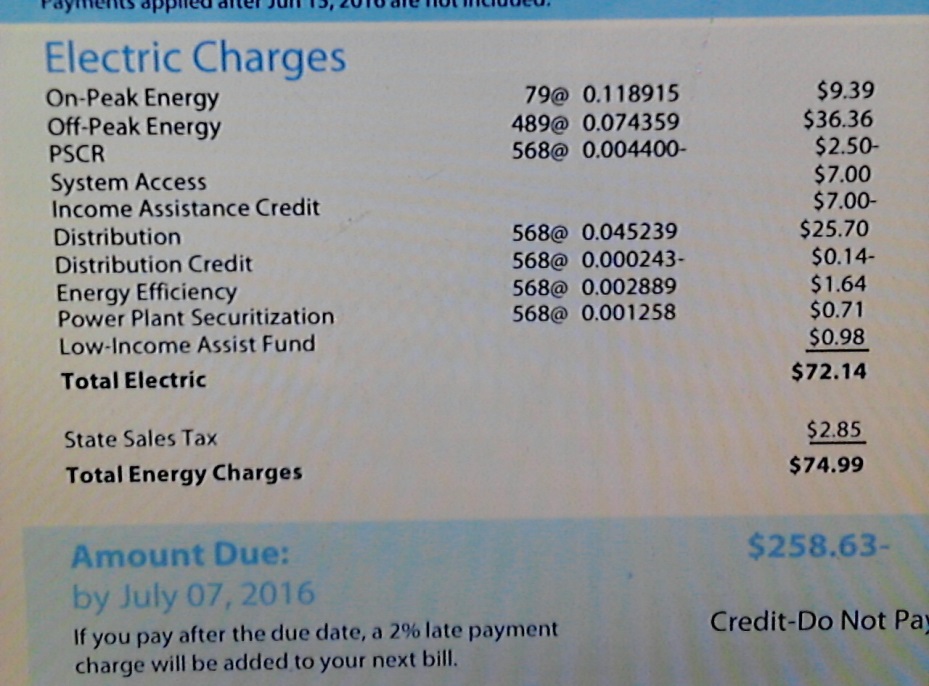
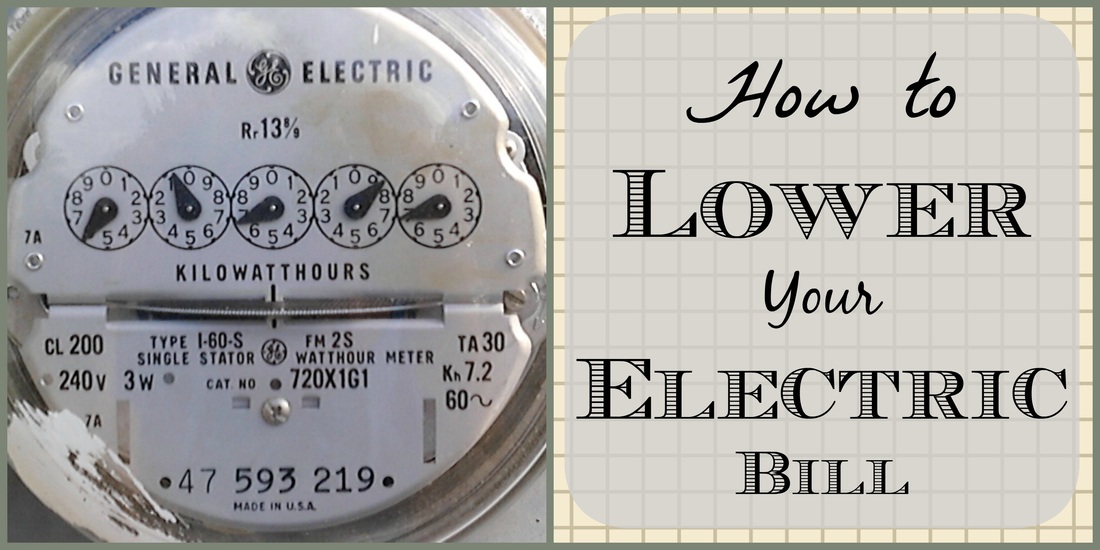
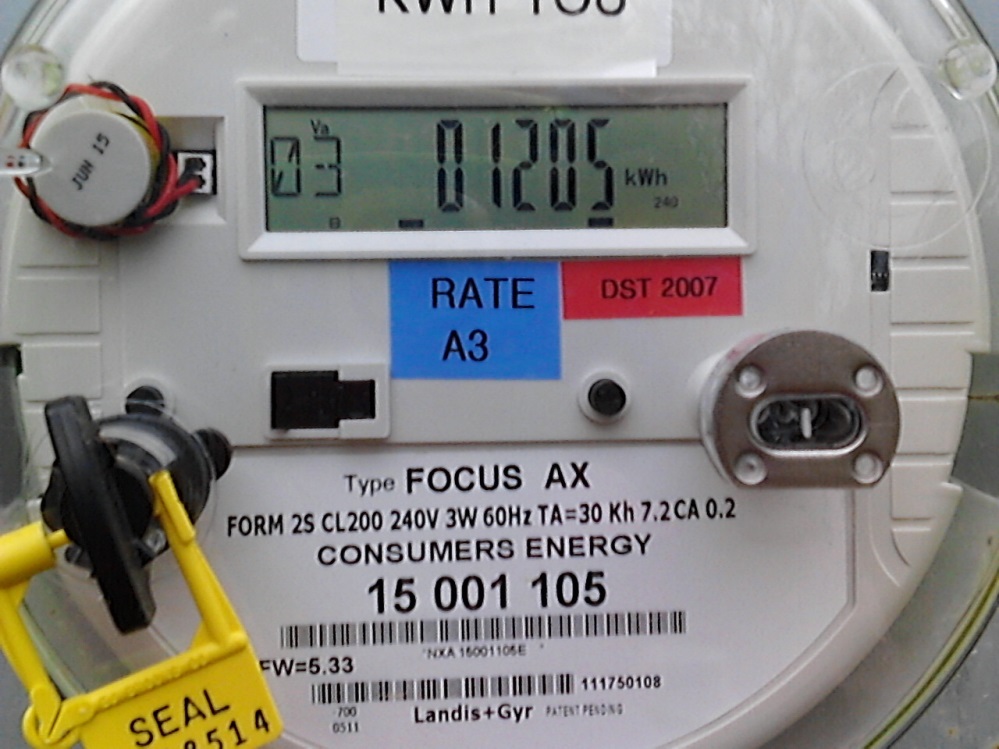
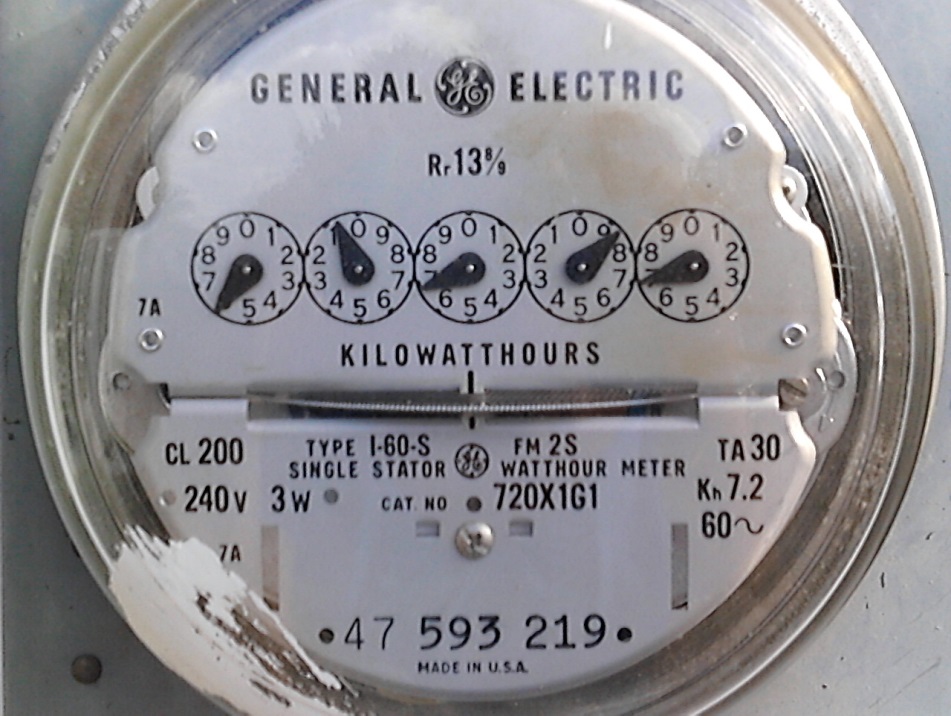






 RSS Feed
RSS Feed


